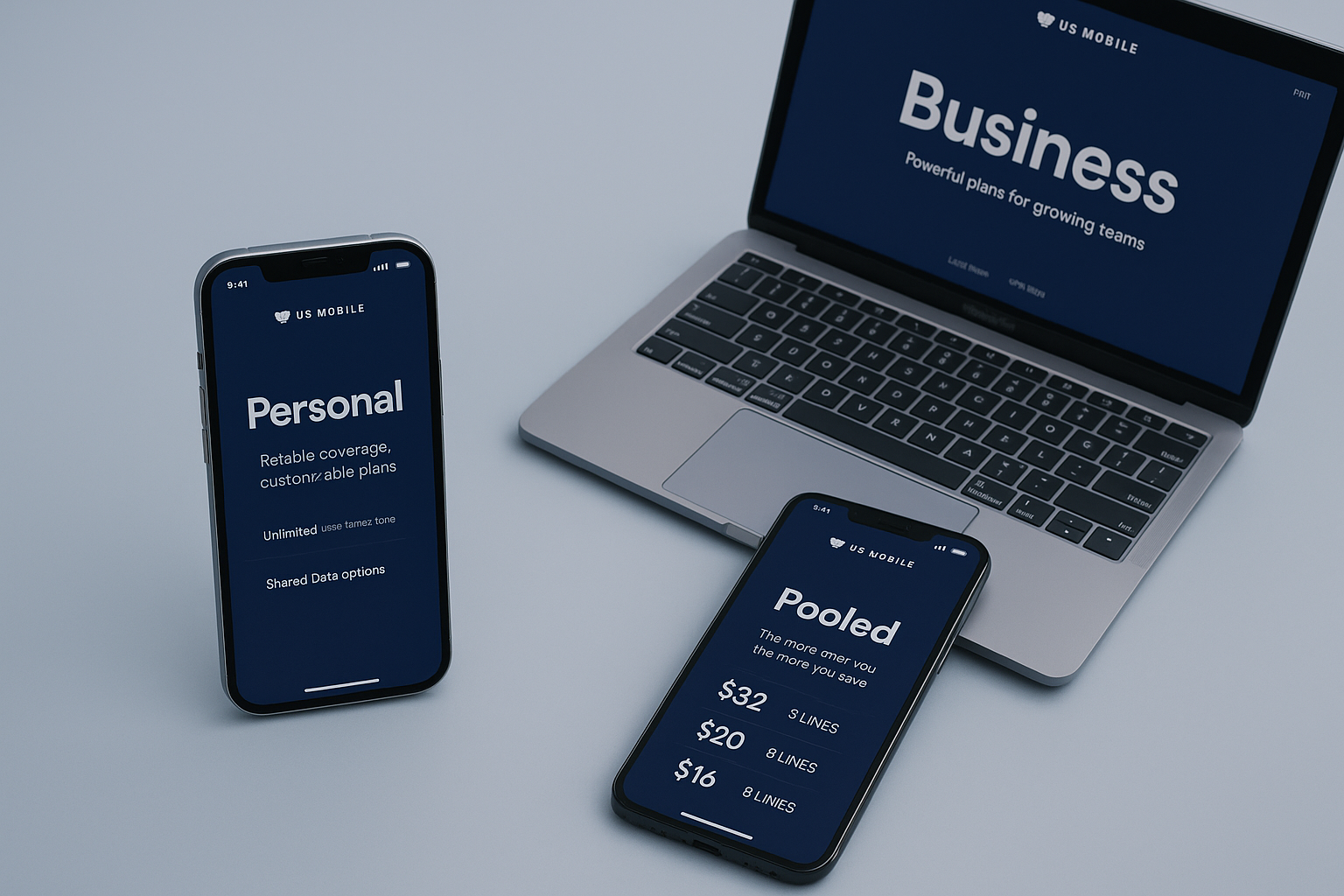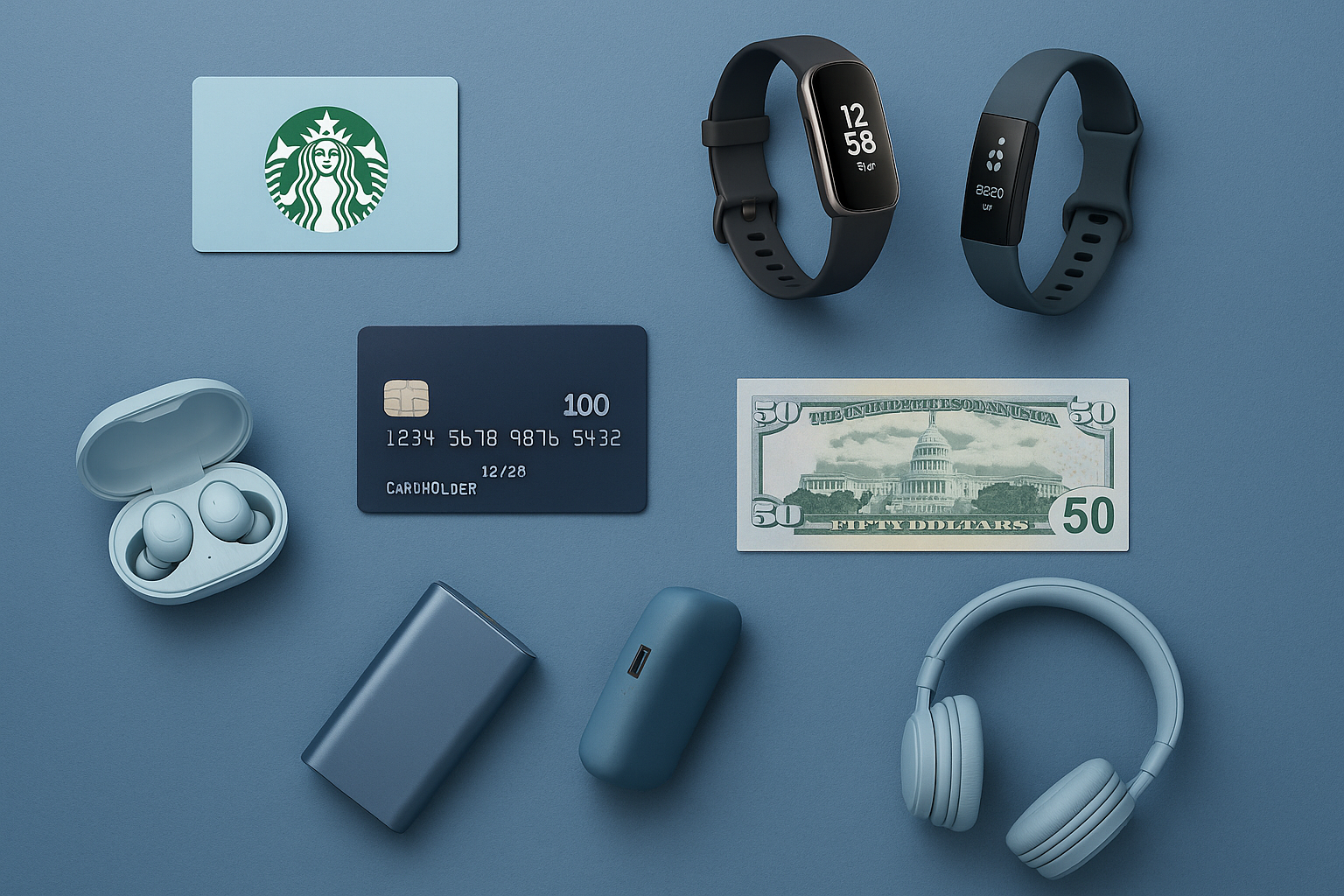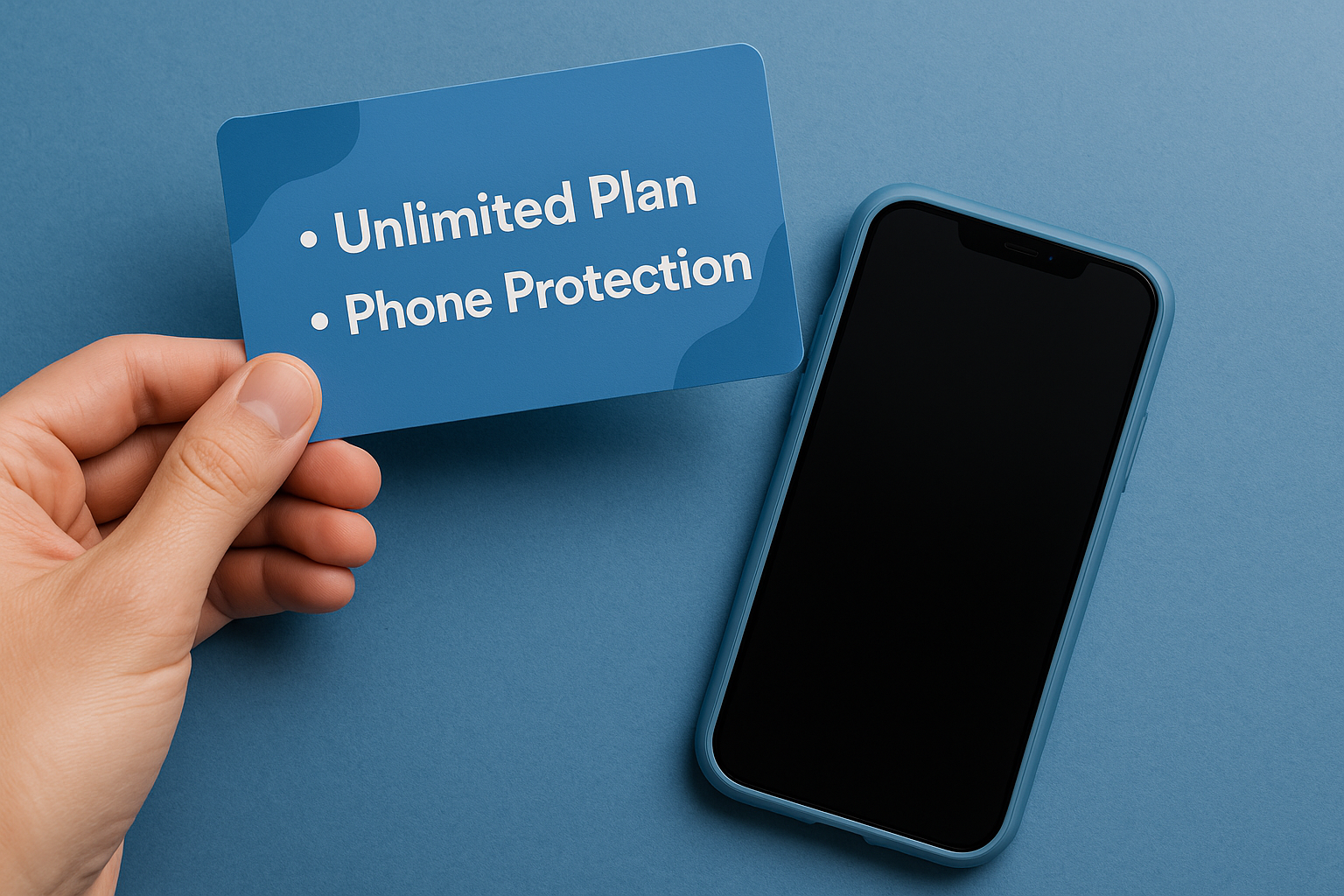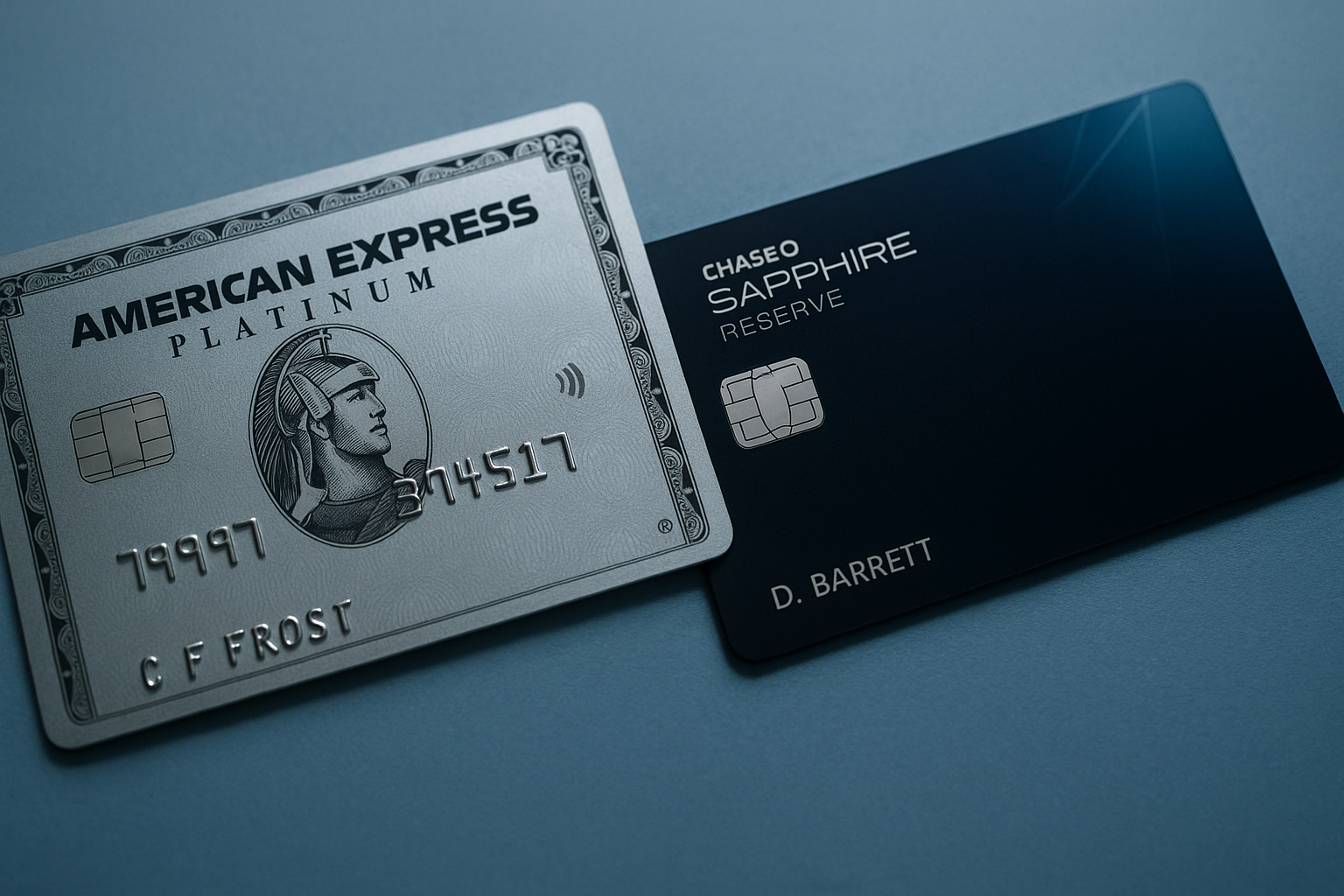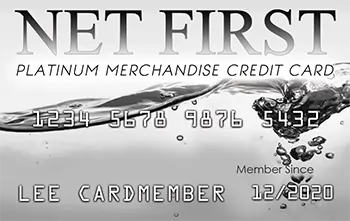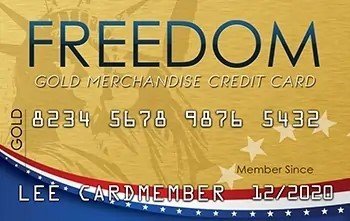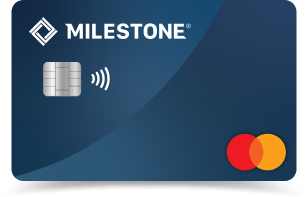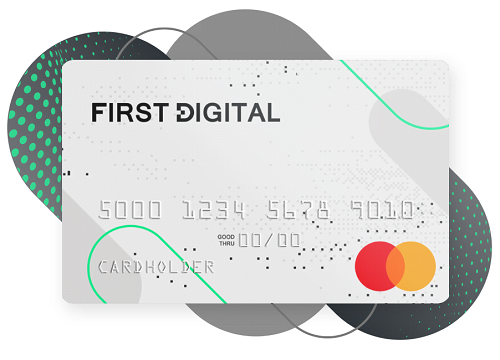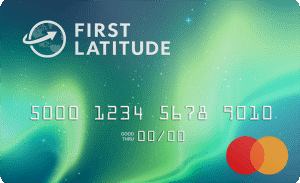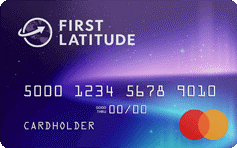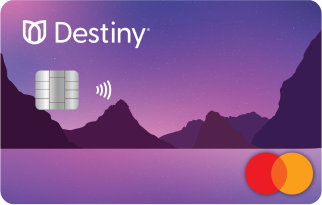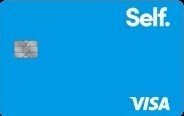Stepping into the world of credit can feel both exciting and intimidating. Choosing your first credit card is a significant financial step, but it’s often clouded by confusing jargon and the fear of making a mistake. How do you know which card is right for you? What do terms like APR and credit limit even mean? If you’re feeling lost, you’re in the right place. While we at The Cards Guy specialize in creating custom physical cards, we believe the most important card you’ll own is your first credit card. It’s a key to building your financial future, and we want to help you start on the right foot. This guide is designed for absolute beginners, breaking down the entire process into simple, actionable steps. We’ll help you assess your needs, understand the basics, and choose a card that empowers you to build credit responsibly from day one.
Table of Contents
First-Time Decision Making
Choosing your first credit card can feel like a major milestone, but it often comes with a wave of confusion. With so many options and unfamiliar terms, it’s easy to feel overwhelmed. This section breaks down the first-time decision process into simple, manageable steps, helping you understand what you need before you start comparing cards.
Understanding Your First Credit Card
Before diving into applications, it’s crucial to grasp what a credit card is and how it works. Think of it as a tool for building your financial future. This beginner credit card guide from The Cards Guy will walk you through the first credit card decision process, starting with the absolute basics. A first-time credit card isn’t just about making purchases; it’s your entry point into the world of credit, which affects future loans for cars, homes, and more.
Key terms you need to know:
* APR (Annual Percentage Rate): This is the interest you’ll pay on any balance you don’t pay off in full each month. As a beginner, your goal should be to always pay your balance in full to avoid interest entirely.
* Annual Fee: Some credit cards charge a yearly fee just for having the card. For a first card, it’s wise to look for options with no annual fee.
* Credit Limit: This is the maximum amount of money you can borrow on the card. Your limit will likely be low when you start, but it can increase over time with responsible use.
* Grace Period: This is the time between the end of a billing cycle and your payment due date. If you pay your full balance during this period, you won’t be charged interest.
Finding the Right First Credit Card
Once you understand the basics, the next step is identifying the type of card that fits your situation. The best first credit card is one that is easy to get approved for and helps you build credit safely. For most beginners, options fall into one of three main categories:
| Card Type | Primary User | Key Feature |
|---|---|---|
| Student Credit Cards | Enrolled college students | Designed for limited or no credit history, often with no annual fee and small rewards. |
| Secured Credit Cards | Individuals (non-students) needing to build credit. | Requires a refundable security deposit that serves as the credit limit, making approval much easier. |
| Retail Store Cards | Frequent shoppers at a specific store. | Easy to get, but can only be used at that retailer, offering less flexibility. |
The goal when choosing a first credit card is not to find the one with the flashiest rewards, but the one that offers the highest chance of approval and the lowest costs.
No Credit History Solutions
One of the biggest hurdles for beginners is the classic paradox: you need credit history to get a credit card, but you need a credit card to build credit history. Fortunately, the financial industry has created specific products to solve this exact problem.
Credit Cards for Building Credit
If you have no credit history, your focus should be on cards and strategies designed specifically for credit-building. The best option is one that reports your payment activity to all three major credit bureaus (Equifax, Experian, and TransUnion).
| Solution | How It Works | Best For |
|---|---|---|
| Secured Credit Card | You provide a refundable cash deposit that acts as your credit limit, eliminating risk for the bank. Payments are reported to credit bureaus, and you can graduate to an unsecured card over time. | Almost anyone with no credit history who needs a reliable way to build a credit score from scratch. |
| Student Credit Card | An unsecured card with lenient approval requirements for enrolled students, typically with a lower credit limit. | Students at the beginning of their financial journey who can use their status to get approved. |
| Authorized User | A family member adds you to their credit card account. Their responsible payment history can help build your credit file. | Young adults with a trusted family member who has an established, positive credit history. |
Application & Management Basics
You’ve done your research and picked the right type of card. Now it’s time to apply and, once approved, manage it wisely. This final phase is where your habits will determine your success.
The First Credit Card Application
The process of how to apply for a first credit card is straightforward. You’ll typically fill out an online application that takes just a few minutes. Before you start, it’s helpful to understand what lenders are looking for and what documents are needed for a first credit card application.
You will need to provide:
* Personal Information: Full name, address, date of birth, and Social Security Number.
* Income Information: You must show you have a source of income. This can be from a job, scholarships, grants, or even a spouse’s income in some cases. Be prepared to state your total annual income.
To increase your chances of approval, start by checking for credit card pre-approval offers online. Many issuers have tools that perform a “soft pull” on your credit (which doesn’t affect your score) to see if you’re a likely candidate. While not a guarantee, a pre-approval is a strong positive sign. While some cards offer instant approval, don’t be discouraged if your application goes into review for a few days.
Responsible Credit Card Management
Getting the card is just the beginning. How you manage your first credit card will set the foundation for your entire financial life. Follow these first credit card tips to build a strong credit score and avoid common credit card mistakes.
1. Pay On Time, Every Time: This is the single most important factor in your credit score. Set up automatic payments or calendar reminders to never miss a due date.
2. Pay the Full Balance: Avoid paying interest by paying your full statement balance each month. Carrying a balance means you’re paying extra for everything you bought.
3. Keep Your Utilization Low: Credit utilization is the percentage of your credit limit you’re using. MyFICO, a leading credit scoring company, and other financial experts recommend keeping your credit utilization ratio below 30%; however, many financial experts and resources advise aiming for a utilization rate in the low single digits for optimal results, with some indicating that the best utilization ratio may be as low as 1% to 10%. For example, with a $500 limit, try to keep your balance below $150.
4. Monitor Your Account: Regularly check your statements for any fraudulent charges and to track your spending.
By following these simple rules, you’ll not only avoid debt but also build a positive credit history that will open doors to better financial opportunities in the future.
Frequently Asked Questions
What is the easiest credit card to get with no credit history?
A secured credit card is typically the easiest type of credit card to get with no credit history. Because it requires a cash deposit that acts as collateral, it minimizes the risk for the lender, leading to very high approval rates. Student credit cards are also a great option for those enrolled in higher education.
Can I get a credit card if I am a student with no job?
While challenging, it is possible. You must have a source of income to get a credit card, but it doesn’t have to be from traditional employment. You can list income from sources like scholarships, grants, government benefits, or a partner’s or spouse’s income that you have reasonable access to. Always be honest about your income on the application.
What is the difference between a credit card and a debit card?
A debit card draws money directly from your checking account—it’s your own money. A credit card allows you to borrow money from a lender, which you must pay back. Only credit card activity is reported to credit bureaus, which is why using a credit card responsibly is essential for building your credit score. Debit card usage does not affect your credit history.




